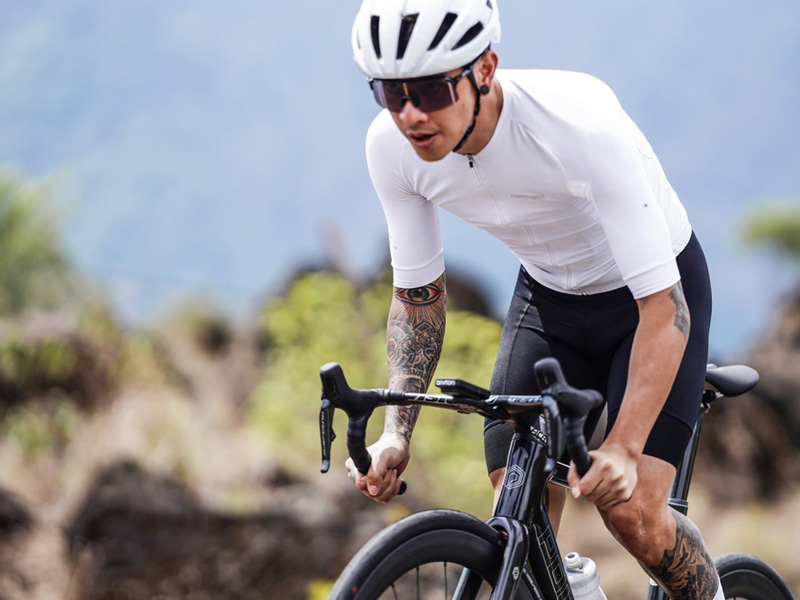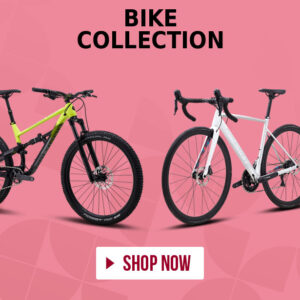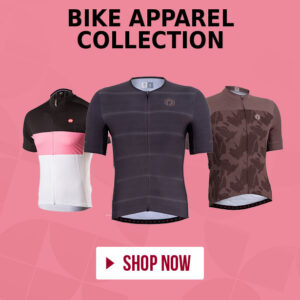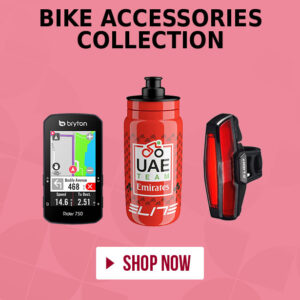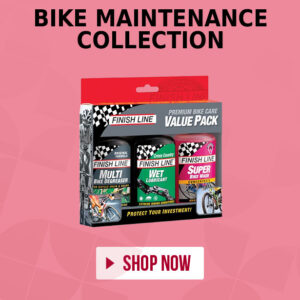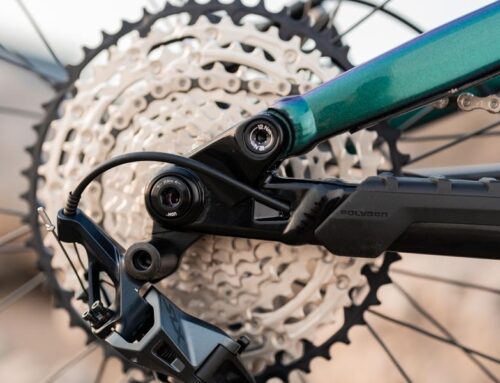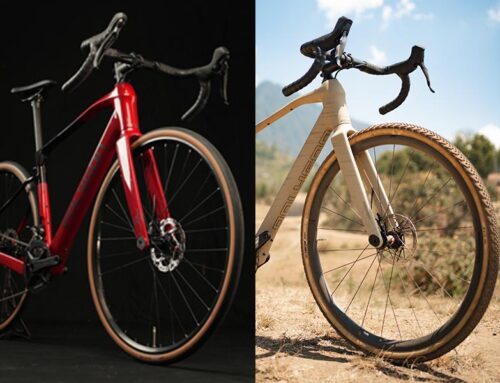The handlebar is one of the most important parts of your road bike. Along with your saddle and pedals, it’s one of three major contact points; and crucially affects how your steering feels. The handlebar affects the size of your frontal area and is often a contributor to drag, so upgrading it can help make you more aerodynamic. Many riders also find that adding carbon fiber makes their bikes feel lighter as well.
The best road handlebar for you is one that offers a comfortable transition between the tops, hoods, and drops. It should also incorporate a drop shape that you are capable of using effectively – being able to use the drops in this way can offer great leverage when descending.
If your bike setup is incorrect, you can experience pain in the neck or back and even develop more serious problems such as handlebar palsy or ulnar neuropathy. Like bike saddles (though unlike pedals), all bikes come with a handlebar, but the only real way to find out which size, shape, and type works best for you is to try out a number of different options.
In this guide, we’ll help you determine what kind of handlebars would be best for your bike.
Tips for Choosing Handlebar Width
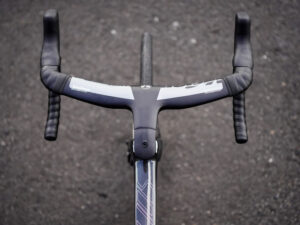
There are several tips on choosing the handlebar width that is right for you, including:
1. Measure the exact width
Measuring shoulder width can be one method for measuring a road bike handlebar in a ‘rough’ way. But this method is not the main method in determining the right handlebar width for you. This method is not 100% absolute and cannot apply to all bicycles or all cyclist conditions, for example mountain bikes.
Choosing a handlebar for a mountain bike cannot be measured based on the width of the shoulders, because a mountain bike requires stability. An important note that you can keep in mind when choosing the width of the handlebar on your bike is that for road bikes, the narrower the faster. Meanwhile, on a mountain bike, the wider the handlebar, the more stable. For example, cyclists currently have a handlebar with a length of 40cm and want to upgrade “speed” can try a handlebar with a length of 38 or even 36cm. The main method that you can use to choose the right handlebar, or even the overall size of the bike that suits you, is with the bike fitting. This is the best way you can do. You can do your bike fitting professionally at the nearest Rodalink, Riders!
2. Make sure the reach and drop is comfortable
After choosing a width, also make sure the handlebar you want has the ideal drop curve. Again, there are many kinds, and each brand can have a different design philosophy. There are two more sizes to pay attention to: Reach and Drop. Reach means the length of the leading end of the notch when compared to the “main bar.” The farther forward, the further the arm reaches forward when holding the lever. Make sure the reach is ideal, so that the body doesn’t stick out too much. The drop is the distance between the lowest points of the indentation when compared to the “main bars” above. The farther the distance, the more bent our bodies are in the aero position (hold down).
Flat vs Drop vs Flared Handlebars
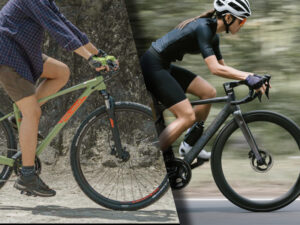
Flat bars can be found on several types of bicycles. The flat bar is a bar that runs straight across the front of the bike with handles at each end. In general, flatbars are often used on leisure bicycles or bicycles with an upright position such as MTB, City Bikes and Hybrid Bikes.
Meanwhile, drop handlebars are usually found on road bikes and gravel bikes. Drop handlebars are wrapped in bar tape and can be used in several different positions, such as on hoods, tops, and lower drops. This type of handlebars offers aerodynamics but has disadvantages in terms of comfort.
Flared handlebars are wider at the drop than at the top. These flared bars are usually used on gravel bikes. A wider and more stable position, as well as easier use on rough terrain, has made this type of handlebar quite popular. The shape of the flared bar varies from a degree of flare from a smooth to an extreme angle.
Choosing The Right Handlebars’ Material
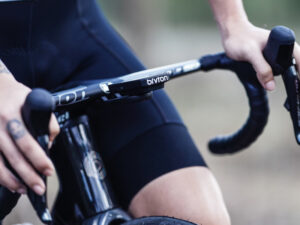
Depending on your priorities, you can choose between a carbon or an aluminum. Carbon is lighter but more expensive; aluminum is tougher and may cost less overall. For this toughness reason, many professional racers prefer alloy or aluminum handlebars.
Carbon handlebars are becoming more common on high-end road bikes. They’re lighter and stronger than other kinds of handlebars, making the bike easier to maneuver. Carbon can be shaped into whatever form a manufacturer chooses, and it also has the potential to reduce weight. Carbon naturally absorbs vibrations—making it more comfortable than most materials. For the relative cost, switching to carbon bars saves very little weight but humble aluminum bars offer essentially the same performance at a much lower cost.After reading this guide on choosing handlebars, you can determine the right size, shape, and material according to your needs for road cycling.
If you live in Singapore and have been looking for “bike shop or bike shop near me” lately, or looking for handlebars for road bikes, you can visit the Rodalink Singapore website. Rodalink provides quality road bike handlebars from brands that are already trusted like Pro, Marin, Spank, and Deity. Don’t worry, you can find various promos at Rodalink, starting from OCBC Installment 0%, Free Delivery, and Shopback it, Pay Later program, to different ongoing promos that you can check directly on the Rodalink website. Not only that, you can also get various benefits by joining Rodalink Singapore members. What are you waiting for? Let’s start your cycling journey with Rodalink Singapore!
Get Your Best Road Bike Handlebar Now!
